However, little attention is given to the OTHER award that was only given out at the 1st Academy Awards: Best Writing, Title Writing, awarded to Joseph Farnham, for no film in particular. 1929 officially marked the end of silent pictures. A demand for sound forced Hollywood and filmmakers to start from square one, 20+ of progress tossed in the trash by a humble blackfaced jazz singer. They had find new ways to shoot, new ways to act, and new ways to be artistic. And intertitles disappeared for good.
It's hard to imagine what films would look like if the silent era had been allowed another ten or twenty years to itself. Silent television, now that would have been something.
People rarely talk about intertitles, even when talking about silent films, but they were developing along with the rest of the film industry. Many great films didn't just have their intertitles reveal dialogue. They used artistic language to set moods that couldn't have been found with simple lighting and sets. And the actual intertitles, the screens themselves, began exploring new ways to present themselves.
Not all intertitles were simply white text on a black background. Take a look at some of these, from 1921's The Sheik:



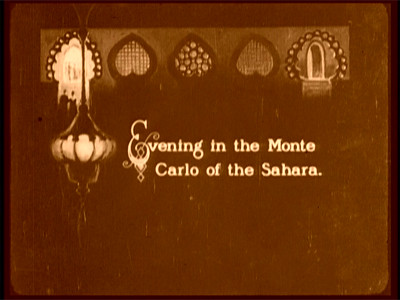

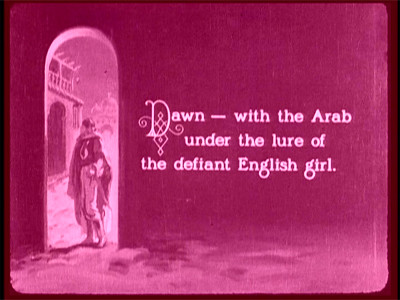
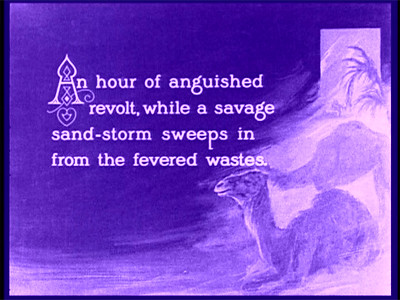

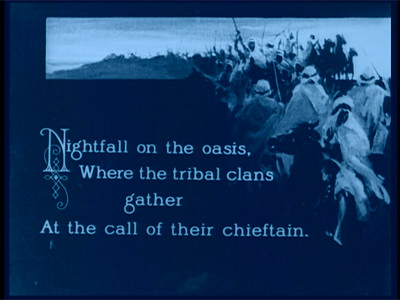

That's what we lost people. Awesome stuff like this.
Another artistic aspect intertitles had were their physical relation to the film itself. My favorite use of intertitles in all the films I've reviewed so far comes Sunrise. The film's story is simple and the acting is a bit blunt and direct, but Murnau's use of images adds subtextual layers in the film in ways you wouldn't see anywhere else. That goes for the film's intertitles as well, which are used in a very unique way.
Take this scene. Neighbors to the husband and wife characters are discussing the two's marital problems. One of the the neighbors says this:

Then, we fade into a flashback of happier times...

Fine enough. Usually we'd cut to the next scene, probably back to the neighbors, but instead...

We fade back to the same intertitle. What we just witnessed was the thoughts and memories behind this dialogue, encased completely in it, and it works great. Also, it's an idea you couldn't pull off in sound. Imagine if someone was talking, and in the middle of their sentence we fade to a flashback for a minute, then fade back to see the original speaker finish their sentence. It would seem awkward at best, bad editing at worst.
When the husband and the woman from the city are making near the lake, the intertitles take on the devilish qualities of the surrounding mist.
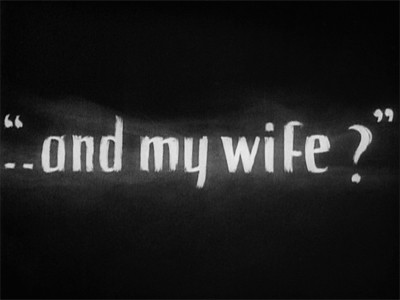
My favorite intertitle moment ever comes in this scene. The woman from the city offers a suggestion to the husband about what to do with his wife.

We hold on this for a moment, unsure of what evil thing our antagonist is going to suggest. Then, it fades in.
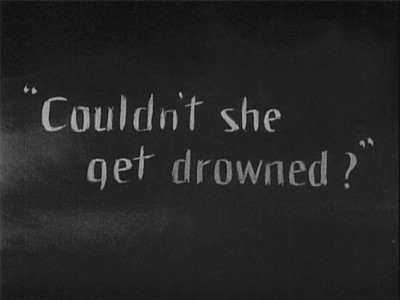
This thought then literally sinks into the husband's mind...
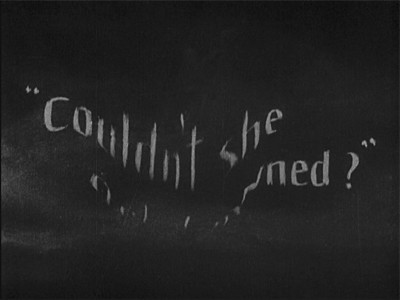
After sinking it, the idea plays out in the husband's head, words turned into actions...

Intertitles had only just started getting used in these unique and interesting ways when sound showed up and ruined all of that.
So, please, when you go to bed tonight, say a little prayer for intertitles.
To close, here's a collection of some of my favorite intertitles from films previously reviewed. Can you guess which film goes to which?

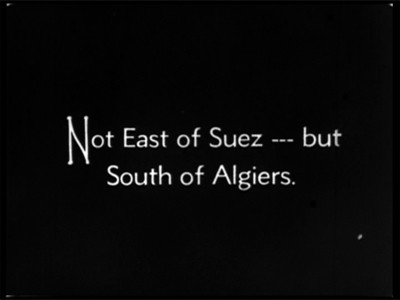
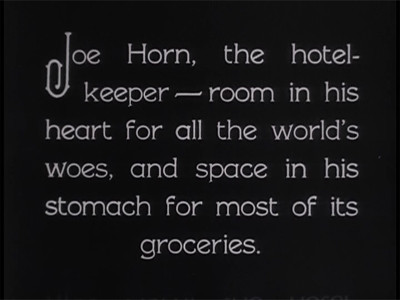



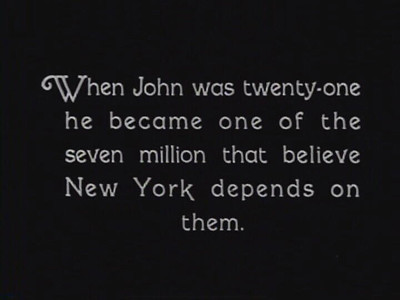
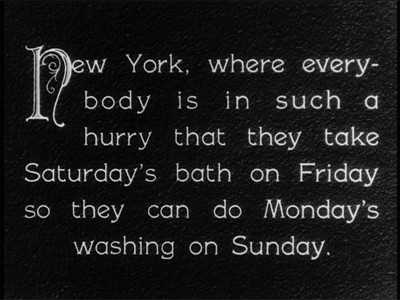
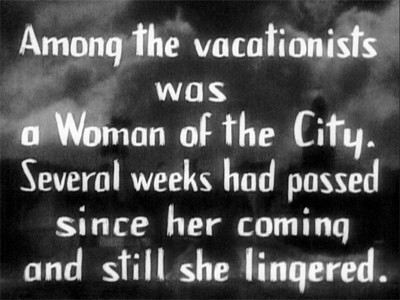

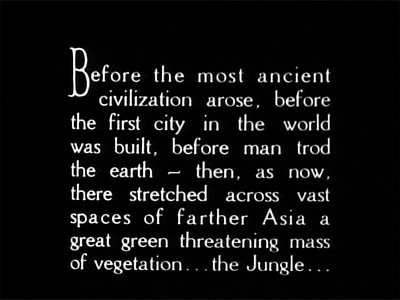
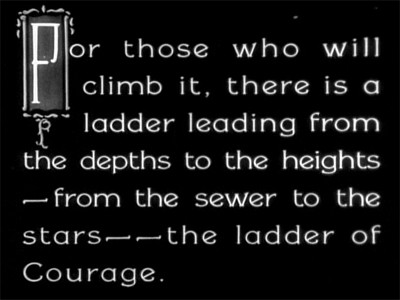
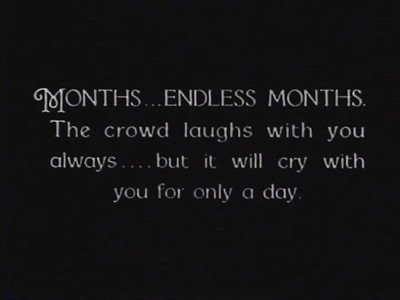
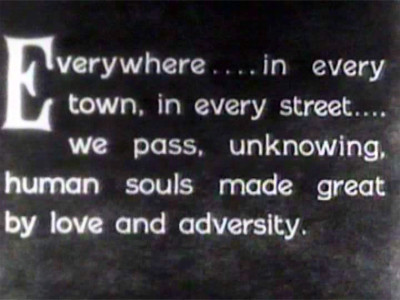

2 comments:
I love intertitles and you've found some great ones here. i hoped to one day start a series on intertitles. threw a couple up as comment fodder but no one bit.
i don't think enough people watch silents but that's a shame because so many of them are fascinating.
I'm also obsessed with intertitles - thanks for posting this!
Post a Comment